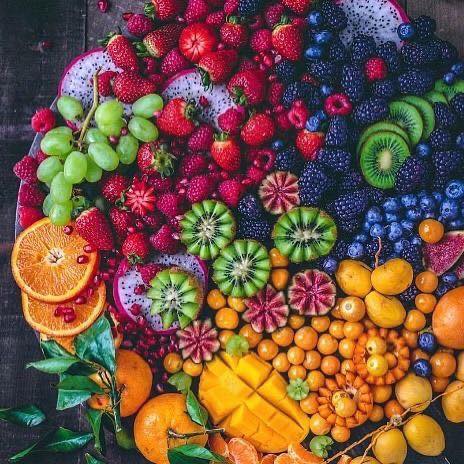By Elia Ranzato
Mediterranean diet (MD) is a term coined by Ancel Keys in 1960’s to indicate a diet low in saturated fat and high in vegetable oils, detected in southern Italy and Greece.
MD rather than a strict diet is a lifestyle, typical of the countries of the Mediterranean basin, which is characterized by a high content of vegetables, fibers, seafood, fish, and for the use of extra virgin olive oil. In addition, the MD includes a moderate intake of meat, dairy products, and wine. The presence of MD the food style is lost in antiquity, since some Egyptian paintings already reported olive trees, wine and cereals as cornerstones of the alimentation. Due to large contribution of plant-based substances, MD is characterized by an important and beneficial contribution of polyphenolic substances. Polyphenols are a group of more than 8000 compounds which are present in many plant species. Their characteristic is to derive from a common molecule, i.e. shikimic acid.
Anthocyanines (from the greek: Anthos and kyaneos: blue) are one of the members of the flavonoid family, responsible for the red-blue-violet colour, according to the sap pH value of many fruits and vegetables. Anthocyanines are water-soluble molecules, present in the plant cell vacuoles.

Anthocyanines protect plant from UV radiation due to their antioxidants properties, as well as they defend plants from low temperature, high illumination and drought. The colour of anthocyanines is also important to attract insect and animals; so, they contribute to seed transport and plant reproduction. Anthocyanins are abundant in berries (such as raspberry, elderberry blackcurrant and strawberries) as well as in purple carrots, in red cabbage, eggplants, red grapes, black plums, and blood oranges. Due to their large presence in diet, anthocyanines are the prominent flavonoid in the MD; their intake is calculated to be nine fold higher that the other dietary flavonoids (estimated around 3 and 215 mg/day). Nevertheless, the anthocyanins quantity in food can diverge considerably. Anthocyanins in berries are ranging from 64 to 950 mg/100 mg, while plums, cherries and red grapes contain an amount ranging from 2 to 150 mg/100g. Red wine is an important source of positive polyphenols, such as resveratrol and anthocyanins. So, red grapes and red wine contain anthocyanins. Anthocyanins are around 400 mg/L in young red wine, while in more aged wines (at least two years) this amount can decrease to only 90 mg/L. However, the grape cultivar and the wine geographical can influence significantly the anthocyanins presence. Some studies have already established the positive effects of MD polyphenols and in particular of anthocyanins. In particular, anthocyanins have demonstrated a positive effect on cardiovascular disease as well as anti-cancer properties. Last but not least, anthocyanins can be useful as antimicrobial agents, in particular blackberry juice is well-known (from 16th century) to inhibit bacteria growth. Anthocyanins are not essential nutrients and no disorders have been associated with the anthocyanin consumption deficiency. Furthermore, no toxicity for anthocyanin has been revealed in human experimental studies. Dietary reference intakes are not existing for anthocyanins in the in the United States or in European Union. China has previously suggested a level of 50 mg/d for anthocyanins. Even though some observations on anthocyanins positive effects are available, more epidemiological data and studies in humans are needed to elucidate the mechanisms stimulated in their biological activities.
Source:
Mediterranean Diet Polyphenols: Anthocyanins and Their Implications for Health
Simona Martinotti, Gregorio Bonsignore, Mauro Patrone, Elia Ranzato
Mini Rev Med Chem 2021;21(13):1692-1700.
doi:10.2174/1389557521999201230200813.

Elia Ranzato is a cell biologist working at University of Piemonte Orientale (Alessandria, Italy). His research activity is mainly devoted to study the biological effects of natural compounds on cellular systems. In particular Elia Ranzato demonstrated as honey is able to positively influence the behaviour of skin cells opening the possibility to use this hive product to modulate skin response. In addition, Elia Ranzato is studying the synergistic combination of natural compounds with classic chemotherapy drugs.

